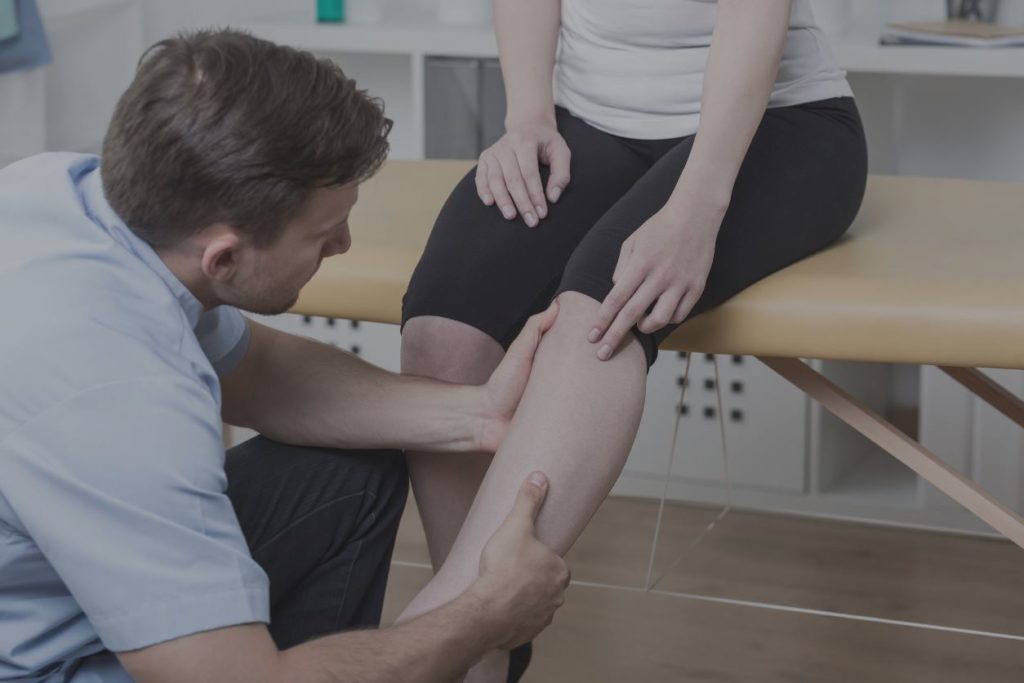When it comes to having a successful rehab after an injury, patient education is a key factor. Patients who know the warning signs of a problem, understand what makes their injury better or worse and those who seek out additional information almost always experience better recovery results than those who passively go through their rehab routine.
Some of this patient education starts with the patient, but other aspects need to come from the therapist providing care. Below, we take a look at some patient education aspects of rehab that are both patient- and provider-orientated so you can get a better understanding of why it’s helpful during a rehab routine.

PT and Patient Education
Here’s a closer look at how patients and providers can assist with the education portion of physical therapy.
- Patients – Ask Questions – We love patients that ask a lot of questions, because it shows that you are engaged in your recovery and are interested in making as full a recovery as possible. Ask why certain movements are being performed, and what you can do on your own to further help recovery. This will help ensure everyone is on the same page.
- Providers – Give Details – One trap that physical therapists can sometimes fall into is that they are so focused on the “what” that they don’t explain the “why.” Single leg squats can be the source of knee joint strengthening, but patients want to know why this specific stretch is helping their exact injury. Therapists can help further patient understanding by explaining not just what moves are being performed, but why it is necessary to their recovery.
- Patients – Find Credible Sources – When looking for more information about your injury or recovery, make sure you are seeking out trusted resources. Your physical therapist is a better source of information than the internet or your neighbor who had a similar issue years ago. Go to your PT with questions, concerns or conflicting opinions. We’d be happy to explain why what we’re asking you to do is the best course of action compared to another source of information you may have found.
- Providers – Give Handouts – We give our patients printouts and handouts of the exercises we ask them to perform because we know that memorizing a number of different stretches can be difficult. If we want you to perform a routine on your own time, we’ll provide you with a hardcopy plan so you’ll have a reference guide whenever you need it. We can also provide information sheets on your specific injury so you can understand the forces and body parts at play.
- Patients – Commit – Finally, we need patients who are going to go “all in” on their rehab. While this isn’t exactly an education point, it requires mental resolve and a commitment to follow through on your care plan, so it deserves to be on this list. If you understand why rehab is so important to your recovery, you’re more likely to commit to the full routine, so education and commitment go hand in hand. If you find yourself struggling to keep up with your appointments or your at-home routines, voice these concerns to your PT.
Patient education is something we strive to provide to each and every person that walks through our door, because recovery is both a physical and mental process. For more information, or to talk to a specialist about your injuries, reach out to OrthoRehab Specialists today.
- 3 Things We Accomplish At Every First Physical Therapy Session - April 15, 2025
- PT-Approved Tips For Easing Back Into An Exercise Routine - April 14, 2025
- The Causes, Signs And Treatments For Muscular Imbalances - April 9, 2025
